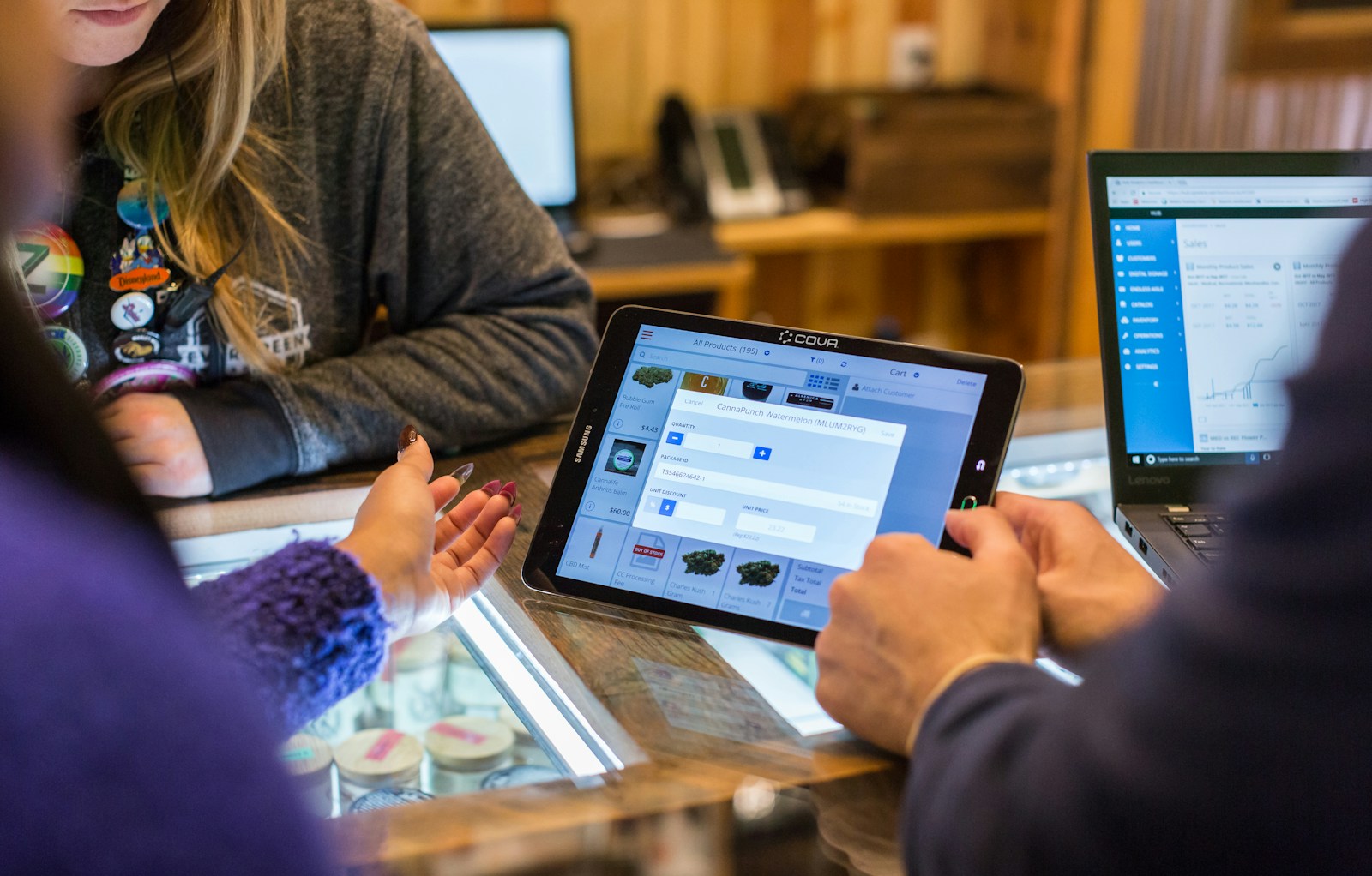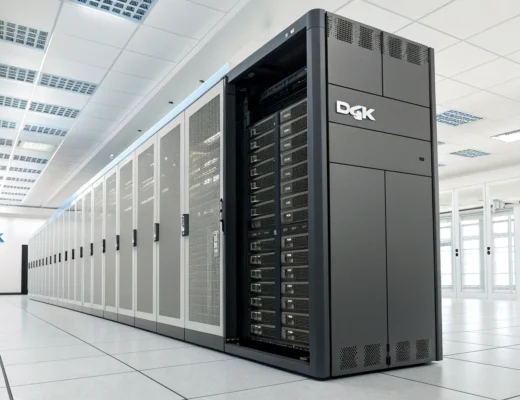3 Ways to Turn Customer Feedback Into a Competitive Advantage
by / ⠀Entrepreneurship• Startup Advice / October 24, 2025
The best products are never static. They’re always improving. Whether it’s refining an offering’s features, revamping marketing for a different generation, or setting up stronger customer support channels, there are many ways to continuously improve a product or service over time. Customer feedback is one of the key elements in the improvement process. It allows you to keep your finger on the pulse of needs and expectations and can help you proactively address pain points without losing market share.
With all of our data collection apps and platforms, we have no issue collecting customer feedback at this point. The problem is finding ways to turn that data into a competitive advantage. Here are three ways to embrace the evolutionary process of healthy feedback loops without overengineering your strategy in the process.
Previous Post






